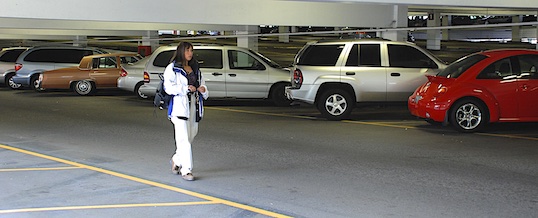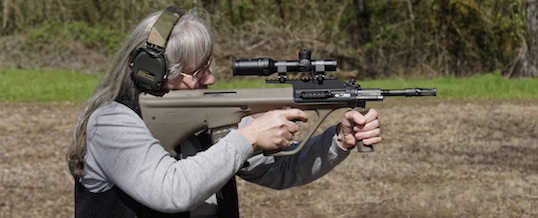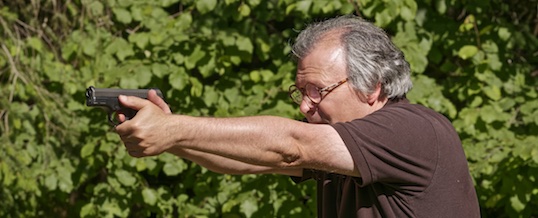
What do you do with all your situational awareness?
“Situational awareness”. It’s one of the throwaway personal safety tips that are always trotted out after a horrific news story.
So you work really hard to have it; then what? No, seriously: what do you do with all that situational awareness?
It’s one thing if your situational awareness finds an imminent attack, but that’s not what I (or they) mean. Usually the advice is meant to caution the reader/viewer to be alert enough to spot cues which might signal an impending incident. As it happens, you can be aware of all kinds of cues and still come out a victim because you didn’t know what to do with them!
This is why I loathe the term situational awareness so much. First, because it’s been so thoroughly misused. Second, because without knowledge of how to interpret and act on that awareness, it’s honestly of little value. That’s why I called it a throwaway term. It’s something that’s put into a conversation to fill space and give the false impression of insight. (It’s not only the news anchors which do that, either. Lots of people in the defensive training world, who should know better, spout the same nonsense.)
Understanding your awareness
Interpreting what your senses tell you is the first step in making use of that so-called situational awareness. Understanding what you’re seeing, hearing, perhaps smelling, and — yes — feeling is key to actually using your awareness. It’s easy to miss those cues because you didn’t understand them (like not picking up on violence precursors) or because you simply didn’t believe what you were seeing. Developing situational awareness is one thing, but developing the ability to understand the importance of what might be very subtle violence precursors is what makes situational awareness actually useful.
Part of the problem is that it’s too easy to second-guess yourself when confronted with those clues. Many people have told themselves that they’re “just being paranoid” or that “those things don’t happen around here”. Aside from the lack of knowledge, we have to contend with internal doubts and the tendency to ignore things which don’t fit our preconceived notions. (The latter is a form of baseline fallacy.) Telling someone that they need more situational awareness is one thing, but teaching them what to look for, how to understand what they’re seeing, and how to get past the mind’s various roadblocks to accepting what they see as fact is quite another!
Learning to act on your awareness
Acting on what your awareness uncovers is the second part. Lots of folks mistakenly think they have this part down because they can draw their gun really fast! Drawing a gun is a specific response to a very specific kind of threat; what about all the other threats, both to you and to the rest of the people around you, for which shooting is not the correct response?
Action is a function of correctly interpreting environmental cues, but also of being able to associate a specific response to a stimulus. It’s one thing to know that something is going to happen, it’s another to know how to respond. In the absence of training or experience our minds will improvise a response, but that improvisation may or may not be productive. About 3,500 people drown each year in this country, largely because they don’t know how to swim. The improvised response of violently thrashing in the water is counter-productive to their survival. (This is not to say people who know how to swim don’t drown, of course. Some accomplished swimmers do drown because they allow themselves to get into situations they can’t survive; that doesn’t invalidate the lesson.)
Giving value to situational awareness
Without being able to interpret what you perceive and being able to associate that with an optimal response, situational awareness doesn’t really do you much good. There is an emerging school of thought that says the oft-cited “freeze” response to danger is the result of the mind being unable to improvise a response to a previously un-encountered stimulus. How is that result really any different than being caught completely unaware?
Luckily you can learn how to interpret and respond to threatening stimuli. To start your journey, I heartily recommend the books “The Gift Of Fear” by Gavin DeBecker (despite the anti-gun comments he makes) and the more recent “Left Of Bang” by Patrick Van Horne and Jason Riley. In addition, the book “Facing Violence: Preparing for the Unexpected” by Rory Miller will help in the transition from interpretation to response.
I’ll have more to say about the second part, learning the stimulus/response pattern, in a future article.
– Grant Cunningham
Now you can LISTEN to the blog!
- Posted by Grant Cunningham
- On July 25, 2016



